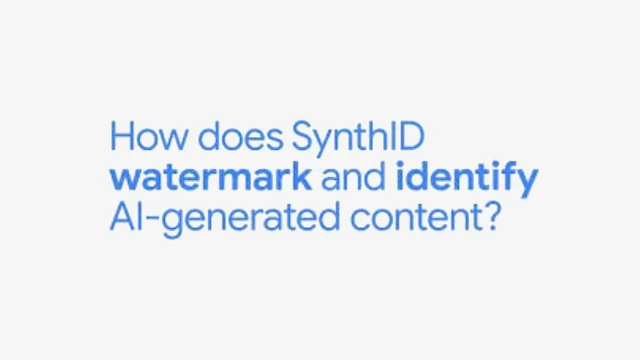The proliferation of AI-generated fake images and deep fakes has become a significant concern. This concern has grown significantly since a 2019 Pew Research Center study found that a majority of Americans believed it was too challenging for the average person to recognize altered videos and images. This issue has gained even more prominence with the widespread availability of generative AI tools.
In response to this problem, Google Deep Mind introduced SynthID, a cutting-edge tool designed to combat the spread of AI-generated fake images. SynthID works by embedding an invisible digital watermark directly into the pixels of an image. This watermark allows for the image's identification while remaining imperceptible to the human eye.
Kris Bondi, the CEO of Mimoto, a prominent cybersecurity company, emphasizes the necessity of a multifaceted approach to address the deep fake problem. Bad actors in the digital landscape continuously evolve their tactics, and the cost of technologies like deep fakes is decreasing. Therefore, collaboration and the development of flexible strategies within the cybersecurity community are essential to stay ahead of these evolving threats.
While digital watermarking has traditionally been used to protect image copyrights, it has the potential to alter or damage the image. Standardizing such techniques poses challenges, and determined individuals may find ways to bypass watermarks. Some experts propose that long-term solutions may involve cryptography or blockchain technology to create immutable registers for digital content. However, enforcing such measures globally is a complex task.
Public and industry initiatives, such as the meeting hosted by the White House with leading AI companies, are actively working to develop tools to watermark and detect AI-generated content. Public opinion on this issue is divided, with a majority supporting measures to restrict misleading content.
In addition to technological solutions, educating individuals on how to verify the authenticity of images is considered crucial. While watermarking can be effective to some extent, there is a need for robust methods that are difficult to spoof.
In summary, the rise of AI-generated fake content poses a complex and evolving challenge. Addressing this problem requires a combination of technological innovation, collaboration within the cybersecurity community, education, and the potential development of new standards and methods for content verification. It's an ongoing battle to ensure trust and accuracy in digital media in the age of AI-generated content.


